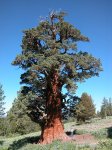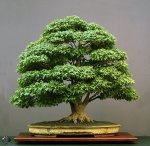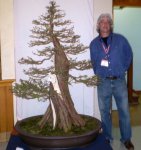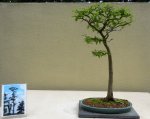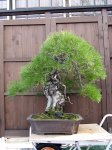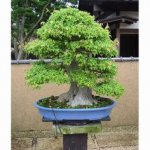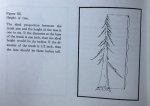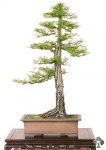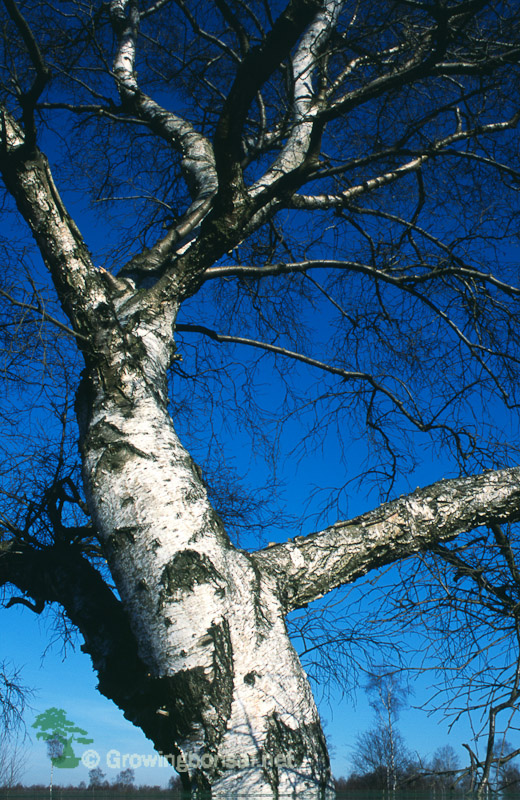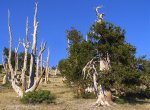Eric Group
Masterpiece
I think you did a great job.From my viewing point bonsai is the romantic version of reality. The artist chooses the thing he wants to express and exaggerates this. On some trees it is deadwood, sometimes it is the nebari. Often because it exists in nature, sometimes because we just can. A tree is more impressive if you are standing at its feet. So a big tapering trunk is more grotesque. Is it natural? No, but not all paintings are reflections of nature to... (darn this is difficult in English).
Said better than many who use English as a first language.


